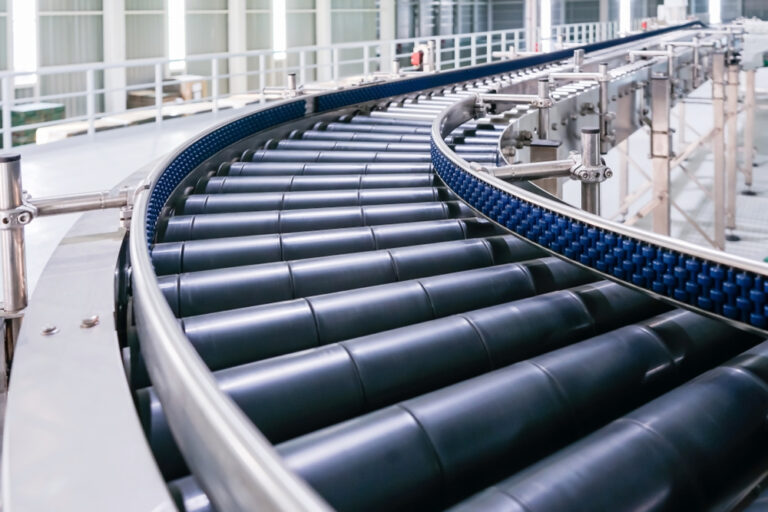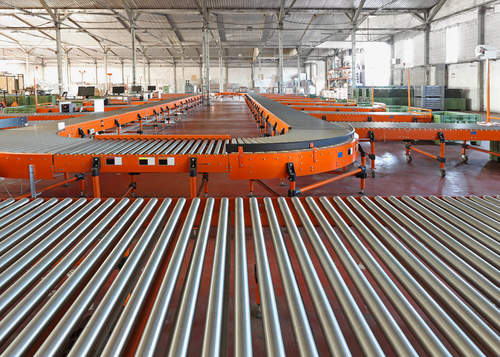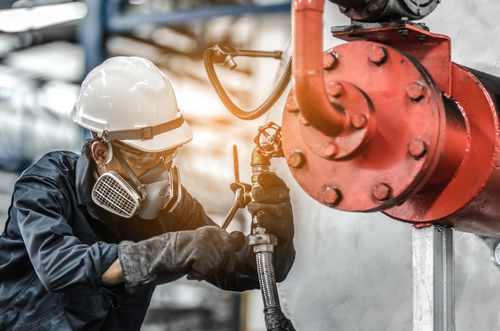Choosing the lifting equipment that’s ideal for your warehouse’s needs is a crucial step in prioritizing and protecting your safety and productivity. Our team here at Mathews Mechanical is dedicated to ensuring our customers have the safest, most effective, and highly efficient tools and equipment.
To begin understanding what will be the best fit for your warehouse, we have a lifting equipment guide. As you consider your needs, review the possible solutions, and evaluate the types of machinery, you’ll have a better perspective on what the right choice will be for your business.
- Consider the Need
The first and most vital step in determining the best lifting equipment for you is to assess what you will be lifting, how far you will be moving the material, and the overall objectives for the project. Mathews Mechanical is here to help you gather all of these details at our lifting equipment consultation.
During the consultation, we assess the qualities unique to your workspace and the motivation behind your lifting equipment consultation. A Mathews Mechanical representative will walk through your work site to observe the type of space your lifting equipment will operate in (e.g., food-grade warehouse, clean room, open warehouse, etc.).
Next, we determine your motivation to establish which lifting equipment we recommend. For instance, if previous equipment was involved in an accident resulting in injury, we will suggest our safest lifting equipment as a solution. On the other hand, if your last equipment was slowing down your productivity, we would recommend our more efficient lifting equipment. It’s all about your unique needs. Regardless of your goals, Mathews Mechanical is committed to guiding you toward the best solution.
- Review Possible Solutions
Luckily, there are often multiple plausible solutions to lifting problems. There are a few cases where accomplishing the main objective of lifting equipment — picking up something and moving it, of course — gets much more complicated.
Although some cases may be complicated, you can rest assured knowing Mathews Mechanical is eager and willing to solve any problem that comes our way. This is where one of our specialties, customization, comes into play.
- Types of Lifting Machinery
Most lifting equipment falls into one of four main categories: cranes, scissor lifts, forklifts and lift trucks, and lift tables. Take a look to learn more about each of these types and how they might fit your warehouse’s needs.
- Cranes: Commonly used and highly versatile, cranes are used to move or hoist heavy loads to a higher level. Worksites requiring high-rise construction frequently use these machines. Cranes come in many sizes and are simple to operate and transport. In our crane services, we most commonly work with jib cranes, bridge cranes, and gantry cranes.
- Scissor lifts: These machines get their name from their vertical lifting mechanism. Scissor lifts fold in an ‘X’ pattern. As pressure is applied to the lowest supports on the outer side, the scissor-like supports elongate, causing the platform to rise. The function of this type of lifting equipment is often to carry people, enabling them to complete construction work at a variety of heights. Scissor lifts are affordable, while being easily maintained and operated.
- Forklifts and lift trucks: The primary objective of forklifts or lift trucks is to store, manage, and transport cargo efficiently by mounting items onto the carriage. This reliable equipment “significantly reduces the workforce needed for specific tasks,” is easily certifiable, and is the most cost-effective lifting equipment.
- Lift tables: Like scissor lifts, lift tables use a scissor mechanism to raise and lower people and goods across small distances. Frequent uses of this lifting equipment are vehicle loading and work positioning.
- Installation and Maintenance
Once you’ve chosen the right lifting equipment for your needs, it comes time for assembly and installation. While this step in the process may seem daunting, you don’t have to tackle it on your own. “We assemble and install a number of crane brands from Demag to GORBEL and SPANCO,” Jared Mathews, our General Manager, shares. “In some cases, we’ll also modify or customize cranes for individual customers.” Whether you need help on design, installation, or maintenance, Mathews Mechanical is prepared to exceed your lifting equipment goals.
Want to talk about what lifting equipment will fit your needs? Our team is here to help. Learn more about our industrial services and get in touch to get started on your big project.






